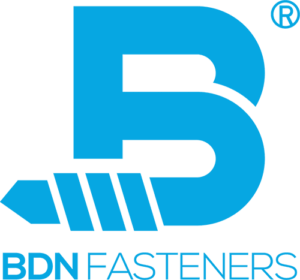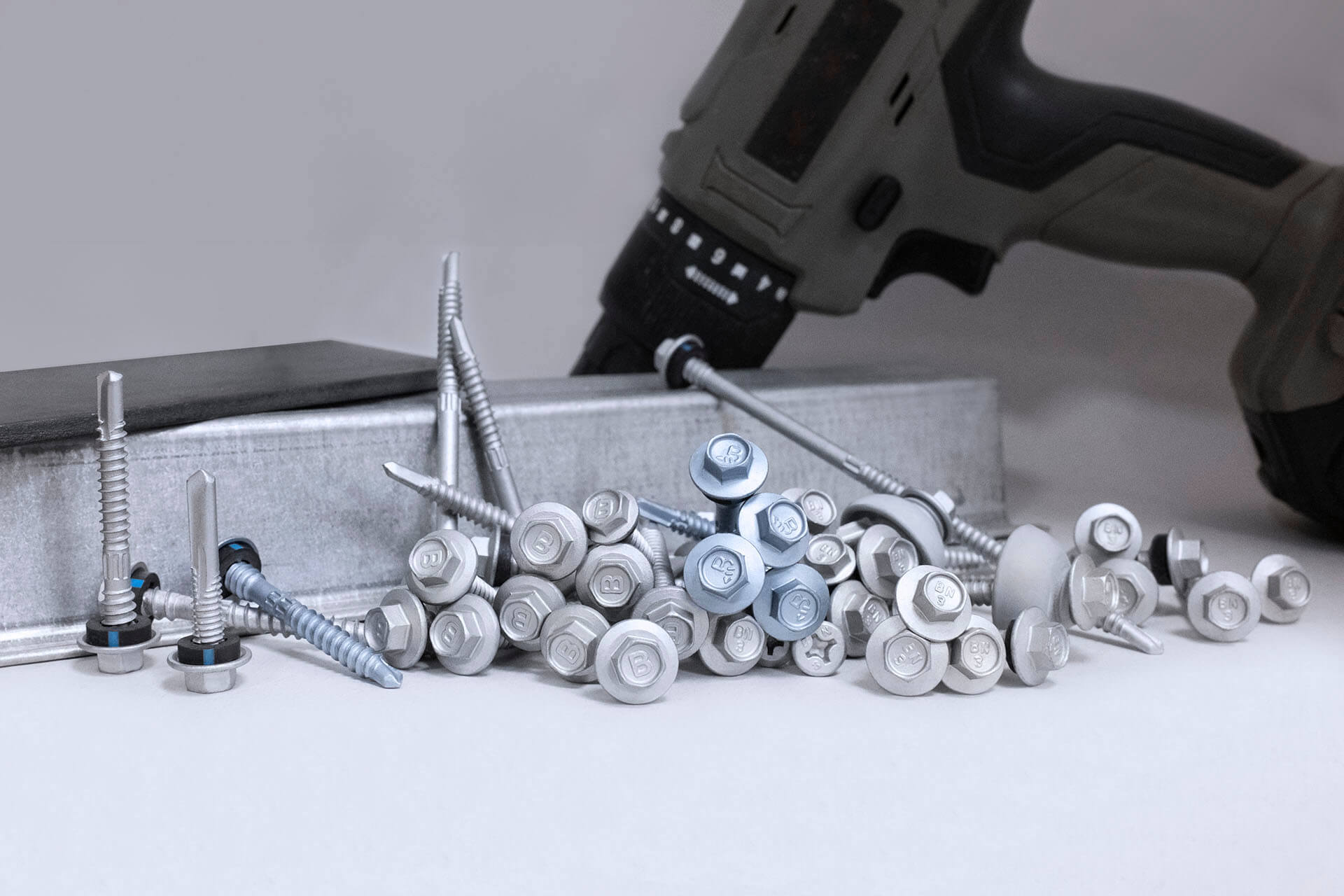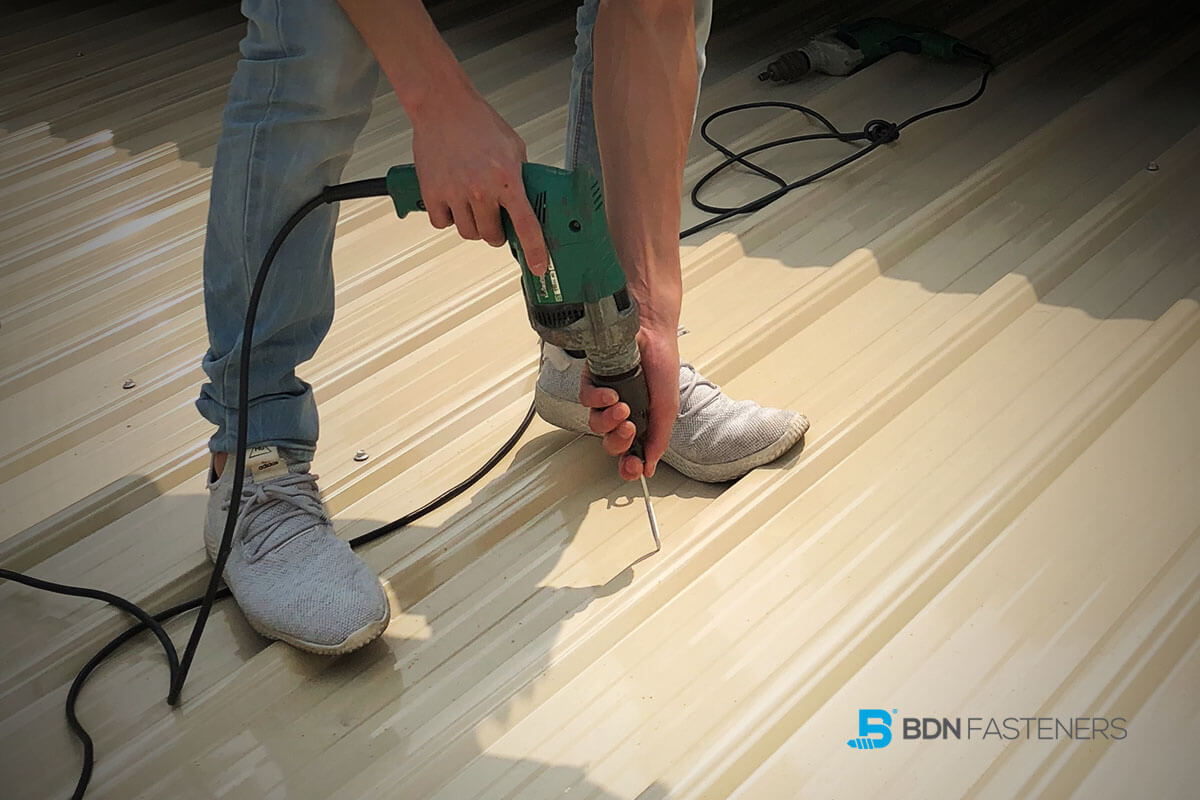Strongest screws for wood.
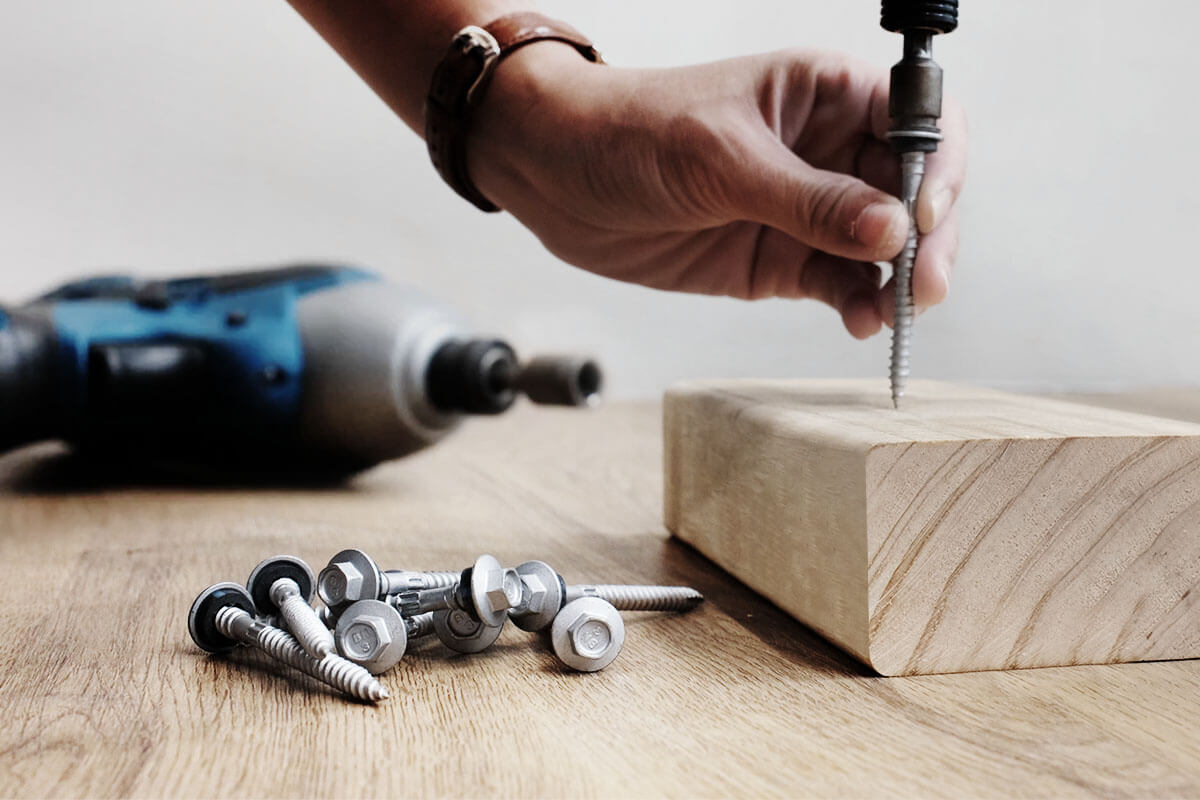
What defines a strong screw, and can be categorized among the strongest screws for wood? Answers may vary, as the versatility is based on the application and its intended purpose.
Screws for wood can be used for smaller jobs such as joining cabinet and furniture parts, mounting hardware or accessories, or simply connecting parts. In the past, simple, old fashioned slot recessed screws were used but can easily fail during the drill drive process due to the slot unable to handle larger torque from electric hand-tools, and was replace by either Philips, Square, or Torx drives.
For timber framing, log home building, mass and heavy timber construction however, larger diameter structural timber screws are used and require a totally different set of mechanical properties, test standards among other differences.
Wood, as with all organic materials on planet Earth, is unique in a way that though we are able to tell between different types of wood from its texture, none of the fibers are identical, meaning the composition in relation to strength varies, which is the main challenge when designing a strong screw. Below are main areas to look out for when designing strongest screws for wood.
Head type – Flush or Protruding
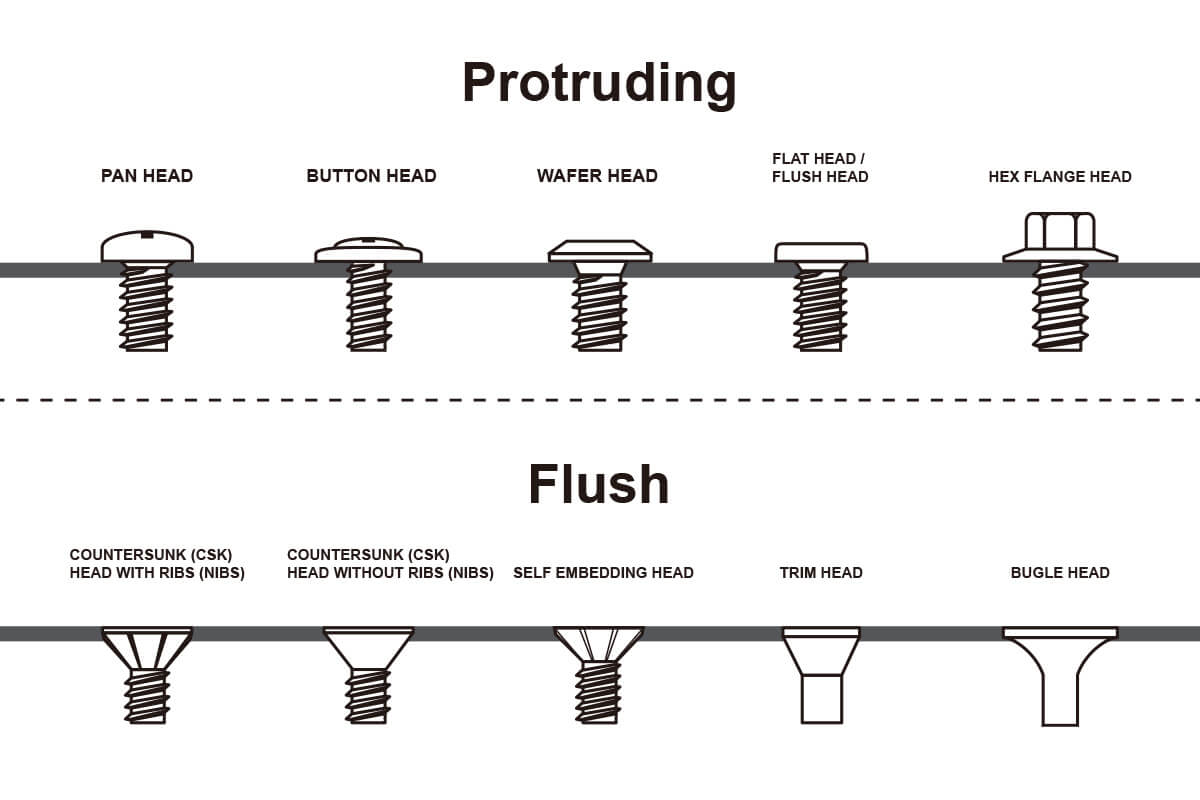
Regardless of gauge, thread, or length, screws for wood come in all kinds of head types, though they can mainly be divided into two groups, one that sits flush against the surface, the other which protrudes and stands out. Neither is superior to the other, and the choice depends on the application.
Heads that sink flush against with the surface are normally chosen when used standalone to join other pieces of wood, such as decking or when no protrusion is allowed such as fixing door hinges to wooden framing. Doors wouldn’t be able to close properly if screw heads were protruding from the holes. Depending on the screw gauge, heads that sink flush or sits flat normally have smaller heads with less contact area, and better suited for which does not require great holding force.
For outdoor applications such as fixing metal roofing sheets or wall cladding sheets to wooden purlins or frames, head types such as BDN’s hex washer flange head that sits tall against the surface, will withstand much more drive-in torque compared to flush and countersunk type heads which has the potential of breaking under heavy torque due the recessed drill and drive system.
A very common design among flush or protruding threads is the addition of nibs underneath the head to either create a perfect countersunk hole and extra grip to prevent slippage.
Screw gauge to head size ratio – Increased screw diameter also requires increase in its washer head diameter to provide adequate holding strength
Thread design
As mentioned above, natural wood fibers differ in texture, grain, and vary in hardness; a properly made thread should pierce through the surface of the wood, pull the screw in without creating any splits or splinters, while hold itself and the joined substrate firmly without fail.
Common knowledge among woodworkers has been fine threads for hardwoods, and coarse threads for softwood, though through improvements in thread rolling machinery, dies and computer aided design, threads have become more sophisticated and specialized to included knurls, hi-lo threads, cross cutting, serrated edges among others.
Drill Point
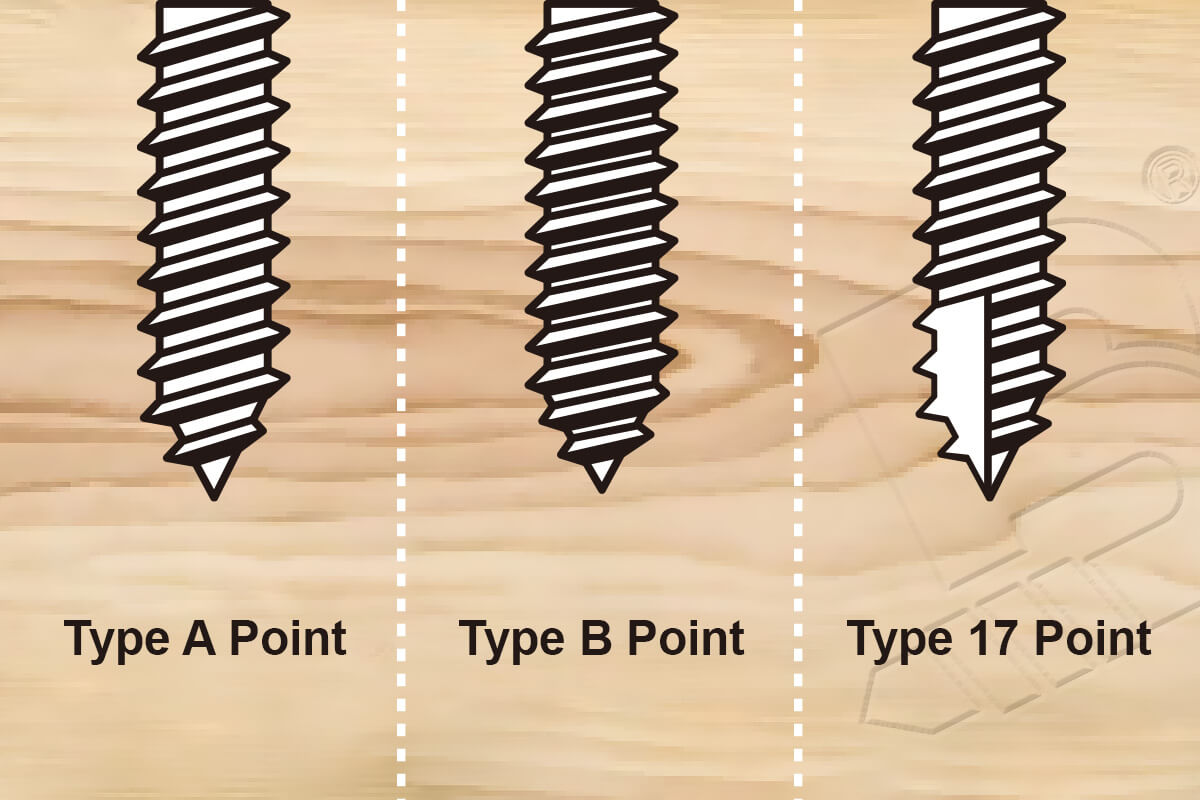
Eliminating the pilot-hole drilling process when drilling through timber wood saves a huge amount of time and labor but does come with caveats. Though technically not as complicated compared to self-drilling screw drilling points, a good sharp point design is still critical in the strongest screw for wood competition.
The perfect sharp timber screw point should quickly penetrate wooden surfaces and create perfectly sized entry holes for the threads to follow through. This would normally require features such as BDN TIMBER-Tite’s proprietary Type 17 Sharp Point, which is not only sharp, but has self-tapping flutes to clear off sawdust, allowing fast and smooth operation.
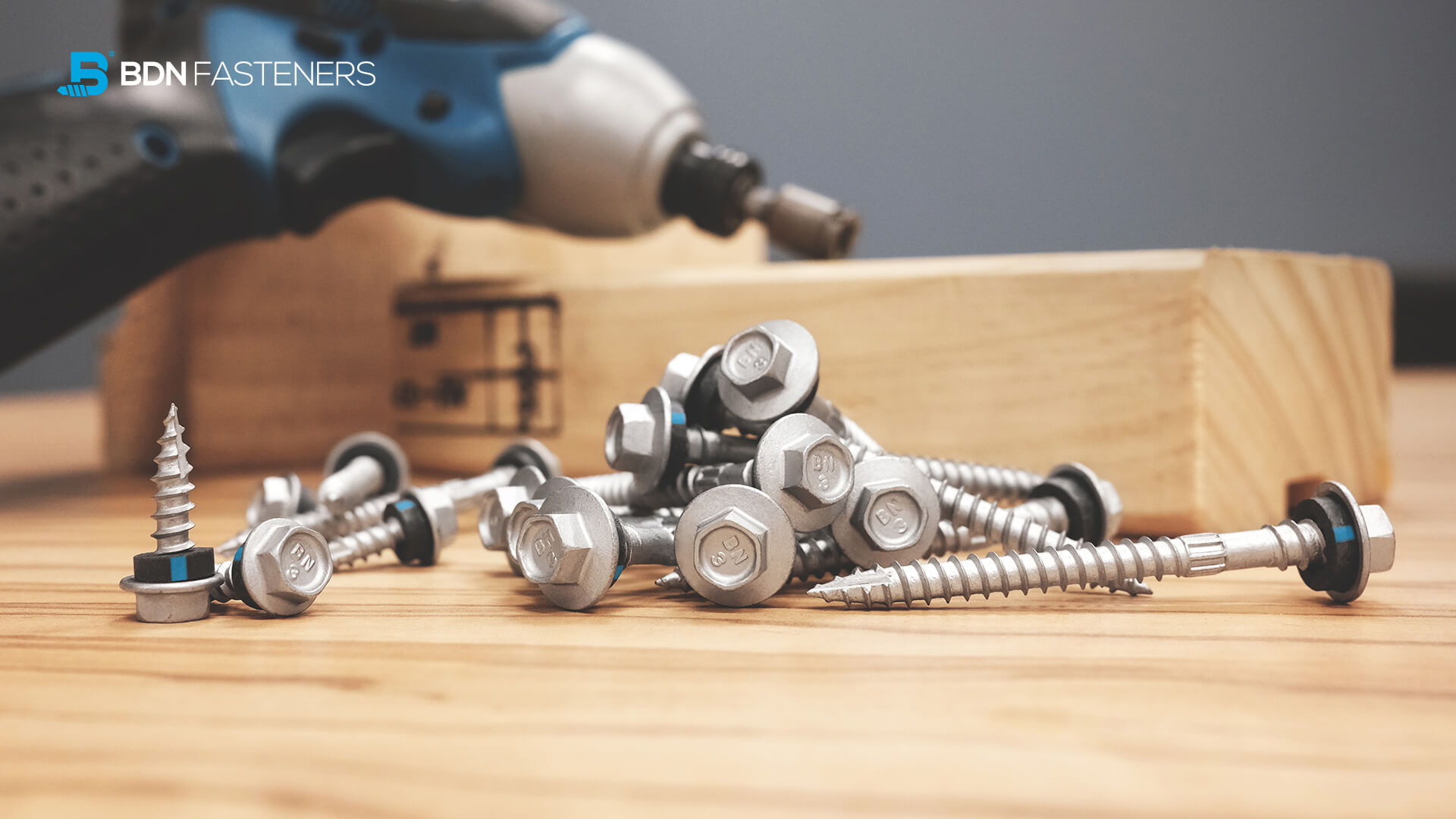
BDN Fasteners offers an extensive range of premium quality self-tapping and self-tapping timber, drywall, and decking screws for timber to timber or steel to timber applications. For more information, contact us through email or a simple phone call today.
Recommended Reading: TIMBER-Tite™ Self-drilling timber screws


